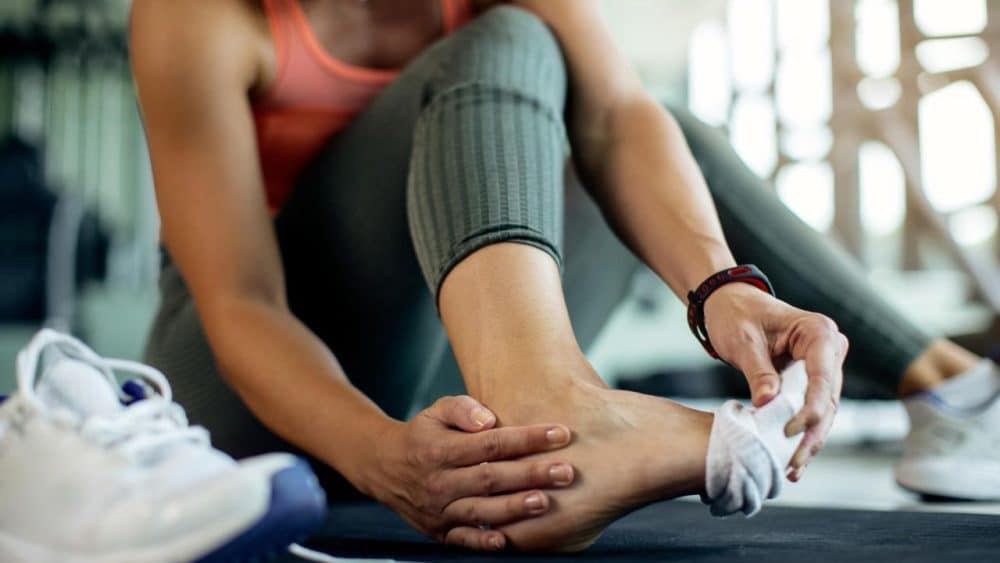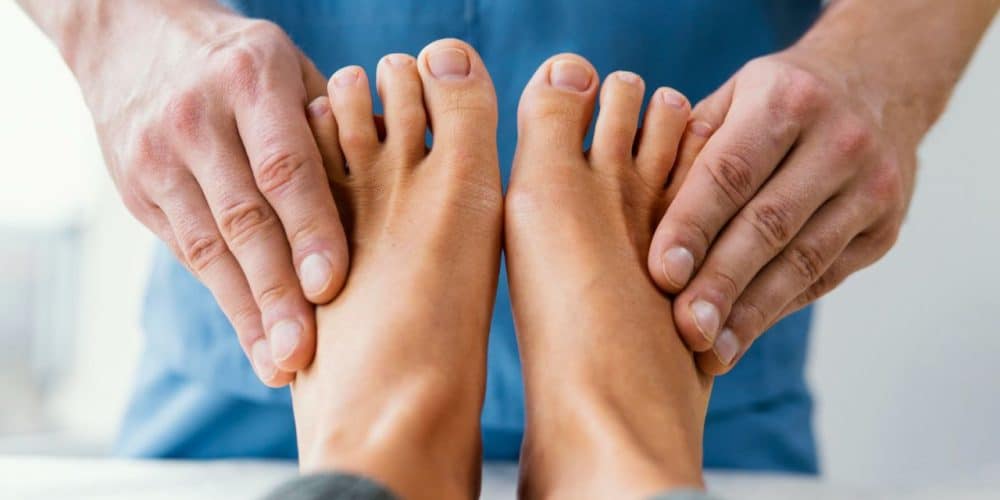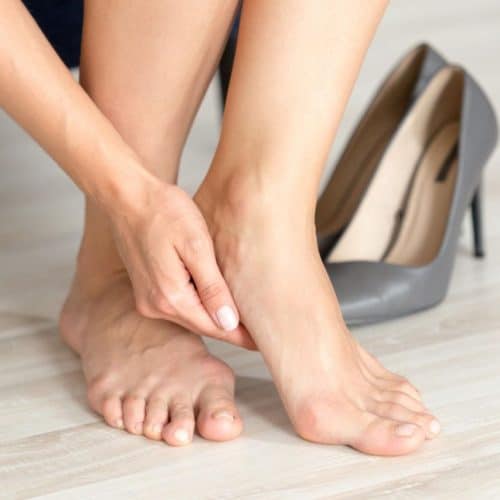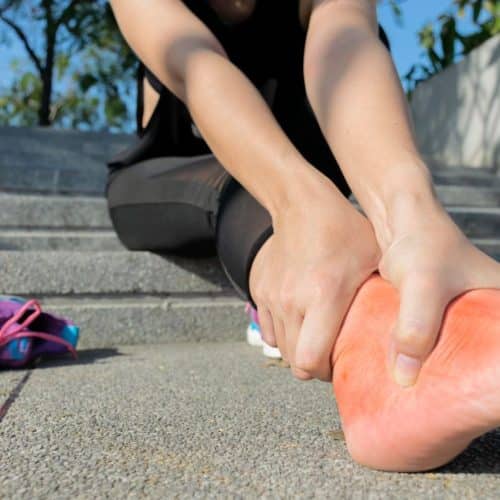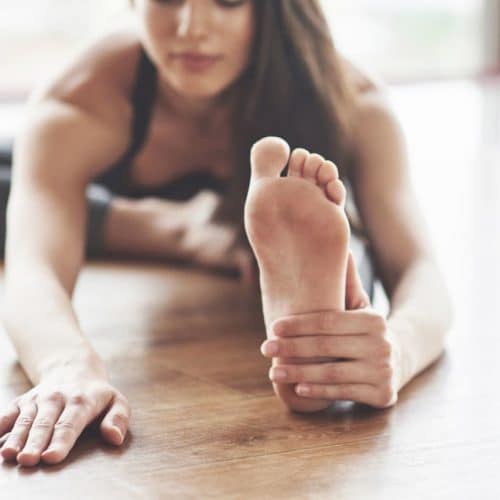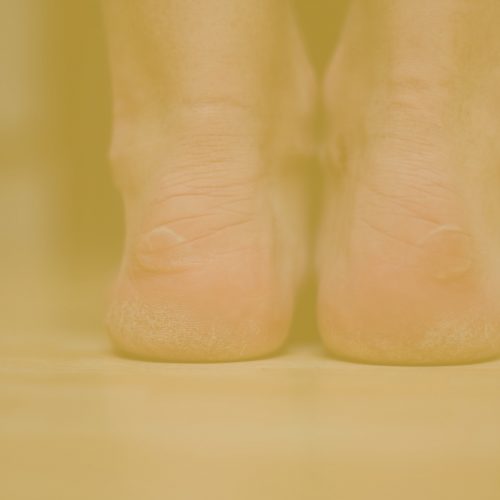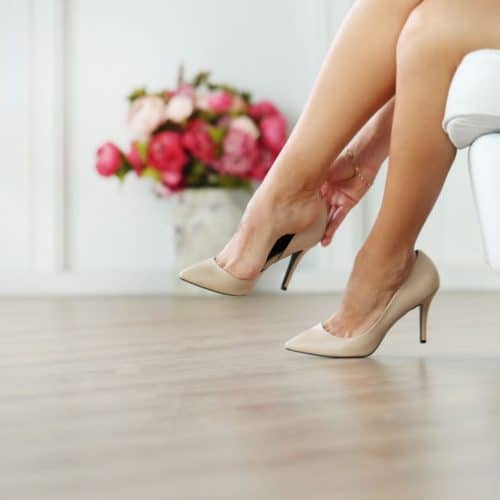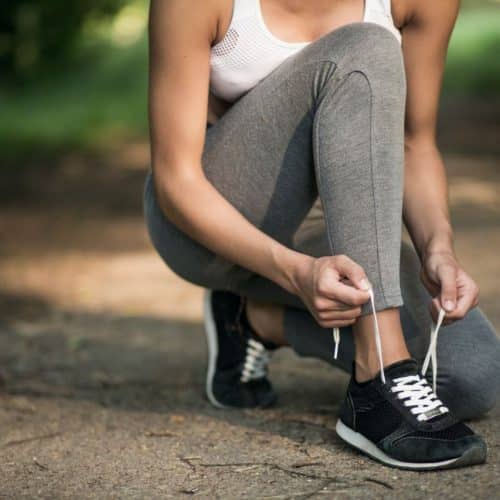Foot health is an essential aspect of our overall well-being, yet it’s often overlooked. One common foot concern many people experience is the development of calluses. But what exactly are calluses, and how can they be managed?
What are Calluses?
Calluses are thickened, tough patches of skin that grow as a defensive response to repetitive friction or pressure. Calluses can be caused by a number of different factors. Because of the constant pressure on the feet when walking or standing, they frequently occur in that location. Even though the development of calluses is natural, it is extremely important to be aware of the circumstances in which they might become problematic and how to properly care for them.
Natural Protective Mechanism
The human body is a marvel of evolution, equipped with various mechanisms to protect itself from potential harm. One such protective response is the formation of calluses, especially on the feet. But why does the body develop these hard patches of skin?
Calluses are the body’s proactive response to repeated friction or pressure. Think of them as nature’s cushioning system. When a specific area of the skin is subjected to consistent pressure, such as from tight shoes or continuous walking, the body anticipates potential damage. It thickens the skin in that area to prevent this, creating a barrier against further wear and tear. This barrier, or callus, acts as a shield, safeguarding the underlying layers of skin and the sensitive tissues beneath.
This natural process is a testament to the body’s innate ability to adapt and protect itself. In environments where our ancestors might have walked barefoot on uneven terrains, or in modern times when we wear shoes that might not always be the perfect fit, the body preemptively acts to reduce potential harm.
However, it’s essential to strike a balance. While calluses are a sign of the body’s defence mechanism in action, excessive callus formation can indicate that the skin is under too much stress. It’s a reminder that while our body does its best to protect us, we must also take proactive steps to care for it, ensuring that these natural shields don’t become problematic themselves.
In essence, calluses are a testament to the body’s resilience and adaptability. They serve as a reminder of our evolutionary history and the body’s continuous efforts to navigate the challenges of our environment.
Shoe Selection Matters
Footwear is more than just a fashion statement; it’s the primary barrier between our feet and the ground. The shoes we choose to wear can significantly impact our foot health, especially when it comes to callus formation. Here’s a deeper dive into why shoe selection is paramount:
- Fit is Fundamental: Shoes that are too tight, too loose, or don’t support the foot’s natural shape can lead to uneven pressure distribution. This unevenness can cause the foot to rub against the shoe, leading to friction and, subsequently, callus formation. Measuring your feet regularly is essential, and choosing shoes that fit snugly but not tightly.
- Material Matters: The material of a shoe plays a crucial role in foot comfort. Breathable materials like leather or canvas can help prevent excessive sweating, reducing the risk of friction. On the other hand, synthetic materials might not offer the same breathability, potentially increasing the risk of calluses.
- Heel Height and Foot Health: High heels or shoes with very thin soles can exert extra pressure on specific parts of the foot, especially the ball of the foot and the toes. Over time, this can lead to the development of calluses in these areas. Opting for shoes with a moderate heel or cushioned soles can help distribute pressure more evenly.
- Arch Support: Everyone’s feet are different, and so is the arch of their foot. Shoes that provide proper arch support can prevent excessive pressure on certain parts of the foot, reducing the risk of callus formation. Custom orthotics or insoles can also be beneficial for those with specific arch-related concerns.
- Adapting to Activities: Different activities require different types of shoes. Running shoes, for instance, are designed to absorb shock and provide cushioning, while formal shoes might prioritise aesthetics over comfort. It’s essential to wear activity-appropriate footwear to ensure your feet are protected and comfortable.
- Regular Rotation: Wearing the same pair of shoes every day can lead to increased wear and tear in specific areas, leading to uneven pressure points. By rotating between different pairs, you can ensure that no single area of the foot is subjected to continuous pressure, reducing the risk of calluses.
Painful Calluses
While calluses are a natural protective response of the body, not all calluses are created equal. When these hardened patches of skin become painful, it’s a clear indication that there’s more going on beneath the surface. Let’s delve deeper into the world of painful calluses and understand their implications:
- Sign of Excessive Pressure: Painful calluses are often a sign that a particular area of the foot is experiencing undue pressure. This could be due to various reasons, from ill-fitting shoes to structural abnormalities in the foot, such as bunions or hammertoes. The pain is a signal from the body that the protective mechanism has been overwhelmed.
- Risk of Underlying Ulcers: Especially in individuals with compromised circulation or sensation, like those with diabetes, a painful callus can hide an underlying ulcer. These ulcers can develop beneath the thickened skin, making them hard to detect. If left untreated, they can lead to severe complications, including infections.
- Inflammation and Discomfort: Over time, painful calluses can lead to inflammation of the surrounding tissues. This inflammation can cause redness, swelling, and even more pain, making everyday activities like walking or standing uncomfortable.
- Impact on Gait: Painful calluses can alter the way a person walks. To avoid the discomfort, individuals might change their walking pattern, leading to an uneven distribution of weight. This altered gait can result in other foot problems or even issues in the knees, hips, or back.
- Home Remedies with Caution: While there are over-the-counter treatments and home remedies available for callus removal, one should approach them with caution. Using sharp objects or aggressive chemicals can lead to injuries or exacerbate the problem. Always prioritise safety and, when in doubt, seek expert advice.
Painful calluses are more than just an aesthetic concern; they’re a sign that the foot’s health is compromised. By understanding the causes and implications of painful calluses, individuals can take proactive steps to address the issue and ensure their feet remain healthy and pain-free. Remember, pain is the body’s way of signalling that something is amiss; don’t ignore it.
Professional Care
When it comes to foot health, sometimes home remedies and over-the-counter solutions don’t cut it. In such cases, turning to professionals specialising in foot care is the best action. One such trusted name in the field is Well Heeled Podiatry. Here’s why seeking our expertise can make all the difference:
- Expert Assessment: We at Well Heeled Podiatry are trained to diagnose and treat various foot-related issues, including calluses. Their comprehensive assessment ensures that the root cause of the problem is identified, leading to more effective treatments.
- Safe Callus Removal: While numerous methods exist to remove calluses, not all are safe or effective. At Well Heeled Podiatry, we use state-of-the-art equipment and techniques to ensure callus removal is safe and efficient, minimising the risk of complications.
- Personalised Treatment Plans: Every foot is unique, and so is every callus. We understand this and create personalised treatment plans tailored to each individual’s needs. This bespoke approach ensures optimal results and long-term relief.
- Preventive Guidance: Beyond treating the immediate issue, we offer guidance on preventing future callus formation. Our advice, from shoe recommendations to foot care routines, is grounded in years of experience and research.
- Holistic Foot Care: Calluses might be a common concern, but they’re just one aspect of foot health. We offer various services addressing various foot issues, ensuring that patients receive holistic care for all their foot-related needs.
- Educative Approach: One of the standout features of Well Heeled Podiatry is our commitment to educating patients. By understanding the ‘why’ behind their foot issues, patients are better equipped to take proactive steps in their foot care journey.
Foot health is not something to be taken lightly. With professionals like those at Well Heeled Podiatry, individuals can rest assured that they’re in capable hands. Whether addressing painful calluses or seeking guidance on overall foot care, turning to the experts ensures that your feet get the care and attention they deserve. Remember, your feet carry you through life; make sure they’re in the best possible condition with the help of Well Heeled Podiatry.
Conclusion
Even while calluses are a natural protective mechanism, they still need to be taken care of properly. You can keep your feet in good condition and avoid discomfort if you are aware of the factors that contribute to foot problems and take the necessary preventative steps. Always keep in mind that your feet are the ones carrying you about, and treat them with the respect they deserve.


